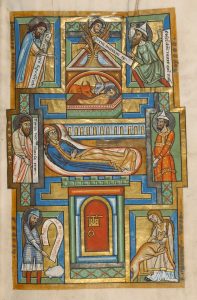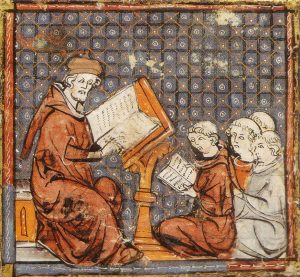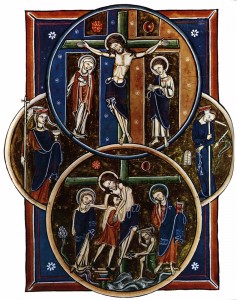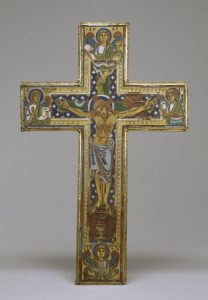“Your word pierced me like the sharp arrow of the Mighty. As a result, I began to compare your statements with the passages of Scripture which speak of poenitentia [repentance]. And behold — what a most pleasant scene! Biblical words came leaping toward me from all sides, clearly smiling and nodding assent to your statement. They so supported your opinion that while formerly almost no word in the whole Scripture was more bitter to me than poenitentia (although I zealously made a pretense before God and tried to express a feigned and constrained love for him), now no word sounds sweeter or more pleasant to me than poenitentia. The commandments of God become sweet when they are read not only in books but also in the wounds of the sweetest Savior.”* 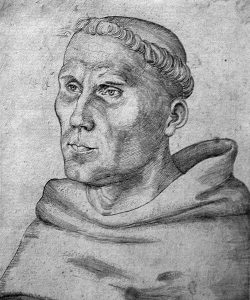
In this letter we read Martin Luther’s early theological insight related to repentance. Remember the issue that instigated the Reformation as a social movement revolved around the late medieval understanding of repentance and indulgences. In fact, the first thesis from Martin Luther’s famous academic challenge to the late medieval church’s teaching on penance read: “When our Lord and Master Jesus Christ said, ‘Repent’ [Matthew 4:17], he willed the entire life of believers to be one of repentance.”**
From 1516 to 1520 Martin Luther studied and contemplated the nature of penance in relation to God’s Word and faith in His promises. His insights reflected his new understanding of poenitentia. Medieval theologians had different views on the nature of contrition, priestly absolution, and acts of satisfaction in relation to repentance and the forgiveness of sins. Academic theologians had debated these things since the twelfth century. In 1520, Luther explained the relationship of these things in The Babylonian of the Captivity of the Church when he wrote:
“Beware then, of putting your trust in your own contrition and of ascribing the forgiveness of sins to your own remorse. God does not look on you with favor because of that, but because of the faith by which you have believed his threats and promises, and which has effected such sorrow within you. Thus we owe whatever good there may be in our penance, not to our scrupulous enumeration of sins, but to the truth of God and to our faith. All other things are the works and fruits which follow of their own accord.”***
*Martin Luther, “Letter to John von Staupitz,” Wittenberg, May 30, 1518, Luther’s Works 48: 66. [Emphasis added]
**Luther, Ninety-Five Theses, LW 31:25.
***Luther, The Babylonian Captivity of the Church, LW 36:85.

